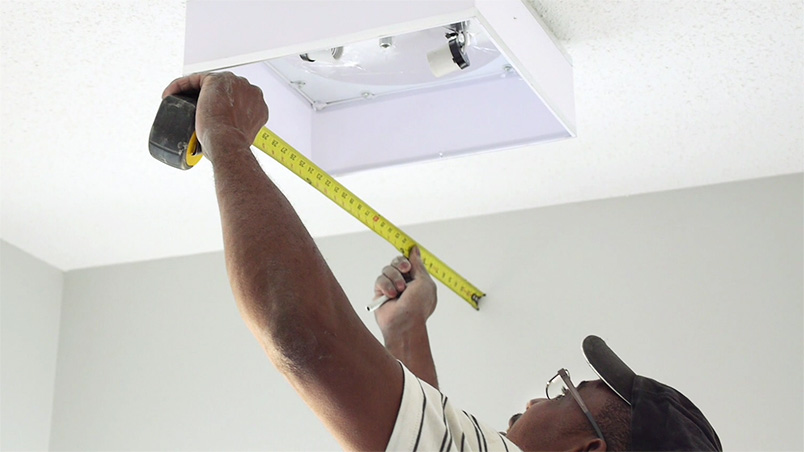Much has been written about the housing supply, housing affordability, and the shortage of qualified workers for new residential construction industry. “We do not have enough skilled labor on the ground, folks, to actually build the homes,” says Sheryl Palmer, Taylor Morrison's Chairman and CEO. The question remains: How can builders build more houses faster to satisfy the current demand for new homes? Is it a problem that needs a soft manpower solution or a technological solution? (Photo: Marv Verlage / Levven Electronics)
Where will the new supply of trained workers be coming from? Vocational initiatives such as the Skilled Labor Fund (backed by the NAHB and the publisher of this website) have sprung up with the aim of attracting and training skilled labor for the residential construction market. Even with tuition and apprenticeships being funded by groups like this, it still takes 3-5 years to make journeymen carpenters, electricians, and plumbers.
Training is a necessary part of the solution, but it has the longest lead time. Home building businesses need an immediate response to capitalize on the buyer demand that’s here today; to build and sell more homes today. Some economists and politicians suggest that companies pay higher wages to attract more people. “Pay construction workers even more, to entice them into the jobs the industry desperately needs filled,” says Gary Painter, a USC economics professor specializing in housing. “The simple way to solve shortages is to pay people more.”
The wage solution may not be the cure-all that Painter claims it is. Projects underwritten last year are being postponed because higher wages have made the jobs unprofitable. Eric Tao, CEO of California-based developer AGI, says construction costs have increased 50 percent in the past five years, largely due to the worker shortage driving up wages for skilled labor. He’s shelving a 300-unit apartment until the labor market stabilizes. Tao reports he’s not the only one with this problem. “There’s probably a few thousand housing units in the San Francisco area, in Oakland, that can’t be built because construction costs are too high,” he says.
The labor shortage has no short-term solution. The problem demands a look at new building methods and materials; at employing different technology to complete homes faster. Manufacturers have been innovating in this area. Prefab modules, interlocking/panelized wall systems, and even 3D printing are all being adopted to get the walls and roof done faster.
But what about heating, plumbing, and electrical? Pipes, ducts, and wire are still the only way to move water, air, and electricity around a home. Products are being introduced to make plumbing and ventilation installations easier and faster. PEX pipe with quick-connect compression fittings is much faster than its copper and solder predecessor. Flex duct has been around for decades now and has entirely supplanted the use of rigid metal fittings for ventilation bends and vent runs.
Wireless technology is reducing the amount of wiring time electricians have to spend in a new house. Electrical innovations like wire-free switches separate the toggle switch from the electrical contacts and eliminate the installation of wire, pipe, and boxes required for traditional wired switches. For a large production builder like Taylor Morrison, which builds 8,000 homes per year, one day per home translates into 8,000 additional days of skilled labor available for them to build and deliver more homes.
Production builders adopting reliable innovations like PEX pipe and wire-free switching will be better positioned to satisfy home buyer demand and sell more new homes in 2018, instead of 2020 or 2025. They will be the builders that move to the front the pack.





